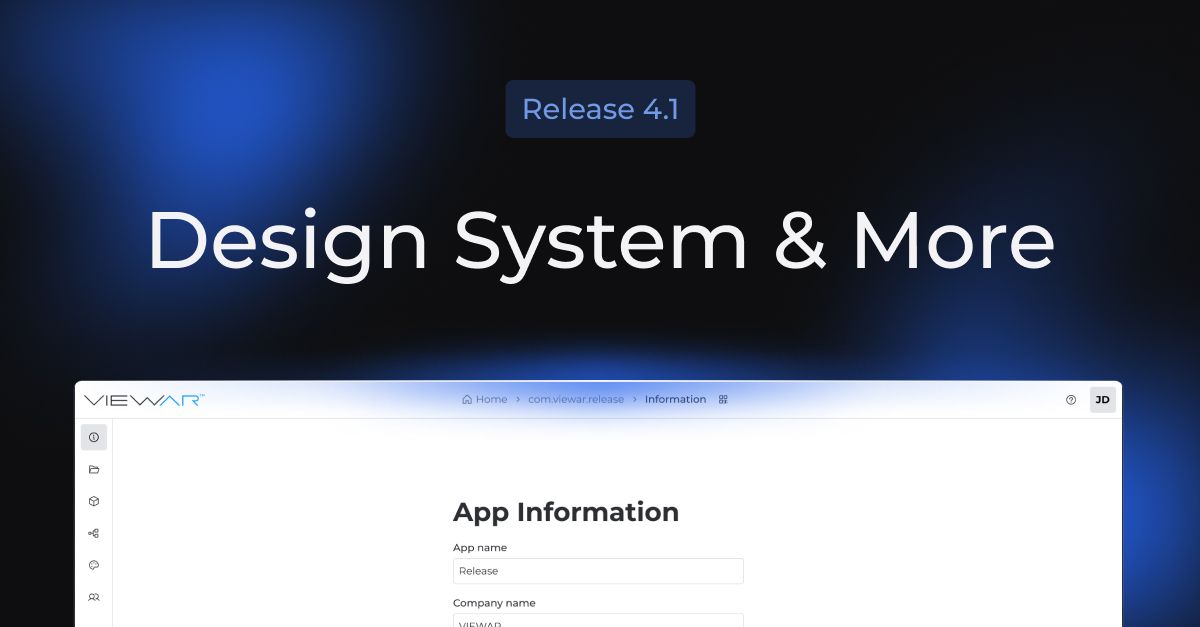A platypus at the Taronga Zoo in Australia.Photo: Mark Metcalfe (Getty Images)Eight-six years ago today, the last known thylacine died in a zoo in Hobart, Tasmania. To commemorate the extinction of the Tasmanian tiger, as it’s commonly known, September 7 is now National Threatened Species Day in Australia, a day to celebrate Australia’s remarkable wildlife and consider how best to conserve it.And there is an abundance of Australian fauna that needs conserving. From the striped numbat and the long-eared bilby to the duck-billed platypus and the spiny echidna, there are a bevy of beasts whose numbers are dwindling. Billions of animals were killed or injured in the devastating bushfires of 2019-2020, to say nothing of the animals hunted to extinction and threatened by invasive species.I recently spoke with Jack Ashby, assistant director of the Museum of Zoology in Cambridge, to learn about his new book, Platypus Matters, which delves into perceptions of Australian mammals and where those ideas come from. Below is my conversation with Ashby, lightly edited for clarity.Isaac Schultz, Gizmodo: Tell me a bit about your work as a zoologist.Jack Ashby: I’m responsible for the team that looks after about 2 million specimens here, and also how people experience and enjoy the museum and what they see when they get here. On top of that, I’m doing a research fellowship in the UK, which is researching the colonial history of the Australian mammals in Cambridge. We have a really amazing Australian mammal collection here and I’m investigating how it all got to Cambridge, who was involved in collecting it, and what might be some troubling, typical colonial histories of how stuff gets to museums, but also uncover some Indigenous collectors who have made great contributions to the history of science that so far have been largely overlooked. G/O Media may get a commissionOne thing we found, whilst researching the book Platypus Matters, is this collection of platypuses and echidnas that I had hoped existed in the collection but nobody knew that they were there. They are the specimens that finally proved that platypuses lay eggs, which was one of the biggest controversies of 19th-century science. The idea that something appeared to be a mammal, which was itself contentious, but something appeared to be a mammal, could do something “primitive,” reptilian, as laying eggs. And it took about 90 years to finally settle it.Gizmodo: What’s your favorite experience in Australia? Besides seeing a platypus for the first time, which I know was an amazing experience.Ashby: I would say, there is nothing more or inspiring than looking into a Tasmanian devil’s pouch and seeing these four mango-sized baby devils kind of looking back up at you. Just the experience of looking at a devil in that very intimate way.Ashby’s new book, recently published in the United States.Image: Jack AshbyGizmodo: In collection work, I’m sure more often than people realize, you find things hiding right under your nose.Ashby: The problem is that we’ve got 2 million specimens that have been collected over 200 years, and computers have been around for 30 years. Decades of backlog, you know—any large museum has the same problem that you can imagine. But I think people are surprised you can’t actually come up with a list of everything in your collection.Gizmodo: What inspired this book?Ashby: My absolute passion is Australian mammals and their natural history. I think they are the best animals that’ve ever evolved. I wrote it because I had come to realize that the world didn’t look at Australian animals in the same way that I did.There’re amazing stories to be told about their natural history, but they are consistently painted in a certain way that we’ve been conditioned to write about them. And so pretty much every news story, magazine article, museum display, documentary will describe them as weird and wonderful, or bizarre or primitive. I just want to delve into where all those tropes come from, and explain that’s not a great way of looking at any animal. And primitive doesn’t make any scientific sense. No living species can be primitive, and weird is a biased value judgment.Not only is it unfair because they are the best animals (which is also a biased value judgment, I acknowledge), but Australia has the worst mammal extinction rate of anywhere in the world, of all of the species that are going extinct since 1788. Of all the mammals that have gone extinct in the world since 1788 when Australia was invaded, 37% have happened in Australia. It’s more than anywhere in the world in one country. It’s lost 10% of its fauna, and much of what’s left is significantly diminished.I just don’t think it helps to call them weird. I think it encourages people to think of the primitive idea—that they’re just nothing more than weird little evolutionary curios that are kind of biologically determined to go extinct. I wrote the book to try and set the record straight on those things and mostly to celebrate how awesome they are.Gizmodo: I think that some people reading this may be surprised to hear about the rate at which Australian fauna has gone extinct. Why do you think that stark reality is so often overlooked? Ashby: There are a few really famous species in Australia. But most people, including Australians, don’t know about most mammals in Australia, you know, antechinuses, dunnarts, planigales, kowaris, kalutas, even quolls—are all really unknown species. All those names are all Australian carnivorous marsupials. But there’s just this idea that there’s one kind of kangaroo. There’s one kind of wallaby, one kind of possum. But there are 70 species of wallaby and kangaroo, there are 70 species of possum. That diversity is really poorly known generally.The thylacine, a marsupial predator driven to extinction by humans.Photo: Topical Press Agency/Hulton Archive (Getty Images)Gizmodo: You put the platypus front and center on your book. I understand it’s your favorite animal. Why the title?Ashby: It’s just to make the point that these stories matter, the way that we’ve talked about Australian mammals, platypuses in particular because they get not only “weird” and “wonderful” but “primitive” thrown in, have had significant societal and ecological effects.The way the Australian wildlife was described by colonists and European scientists in the 18th, 19th, and 20th centuries, closely parallel the way that Indigenous Australians were described. And to paint them both collectively as uncivilized, primitive, and somehow inferior helped oil the colonial machine and it helped justify the invasion. It’s not just “here’s some cool animals,” but also the way we have talked about them has had fundamental impacts on the whole country.Gizmodo: What’s a better way to talk about these animals?Ashby: The most simple soundbite answer is, let’s stick with “wonderful” rather than “weird and wonderful.” If the platypus had evolved in America or Europe, I’d find it very hard to believe that people would be describing them as primitive or bizarre. They would be saying this is an incredibly adapted, venomous, electro-receptive transformer of an animal. It’s just celebrating them as amazing, highly adapted species and talking about their natural history.It’s easy to enthuse about any of these animals, and I’m certainly not the only one talking enthusiastically about the wonders of the platypus. But I think it’s just to ditch all those tropes of, you know, “Australian mammals are stupid.” That these are kind of forgotten animals, throwbacks in time, that Australia is an evolutionary backwater. Get rid of one of those tropes and just talk about them like you would any other animal from any other part of the world.More: A ‘De-Extinction’ Company Says It’ll Bring Back the Tasmanian Tiger

Scotiabank Select Account For Business Review
Reading Time: 4 minutesScotiabank Select Account for Business: The basicsOne account, four plans. The Select Account for Business

